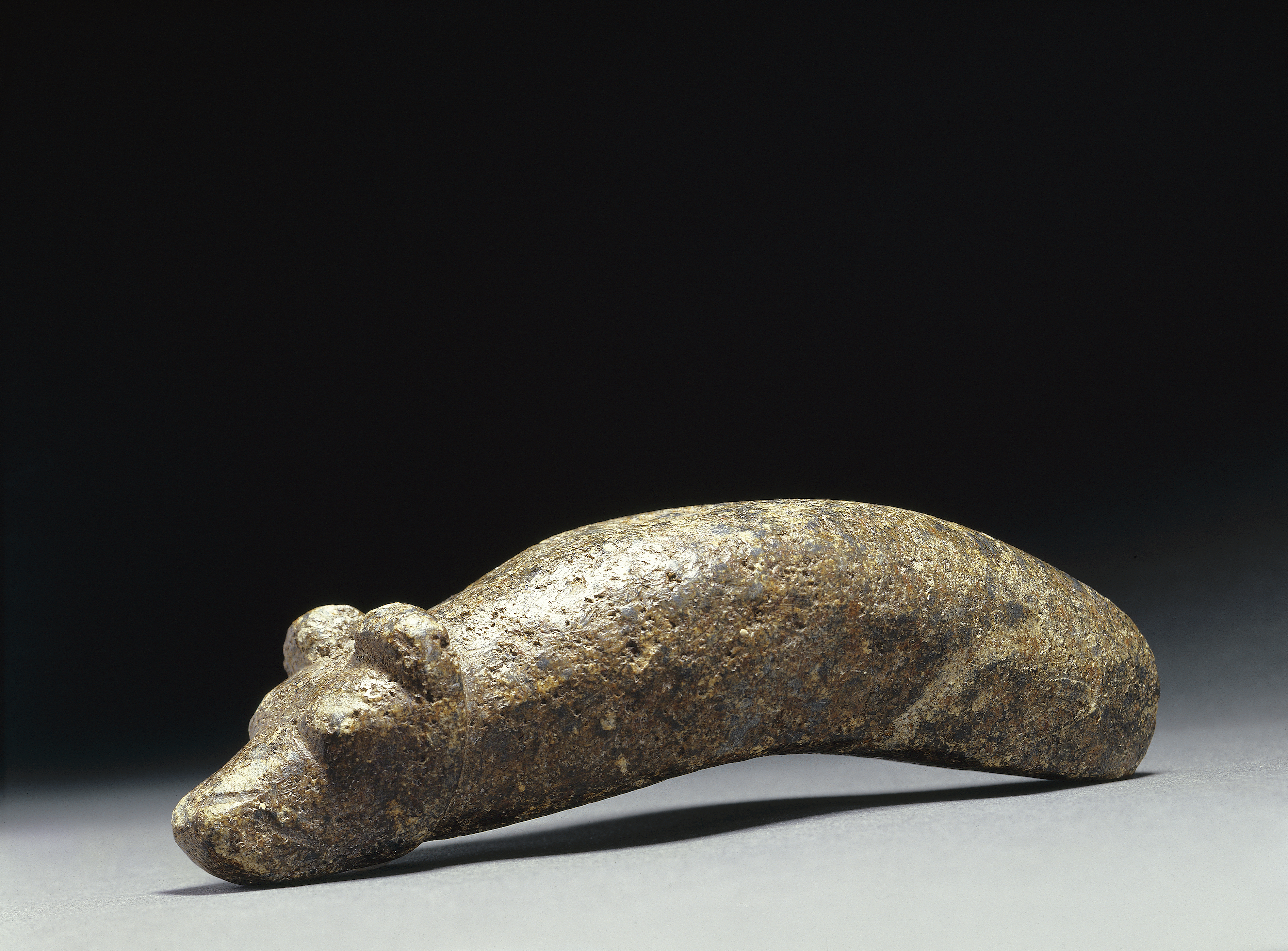Finland
 Finland, ; }} officially the Republic of Finland,; ; }}}} in Finnish, in Swedish, and in Sami, is the long protocol name, which is however not defined by law. Legislation recognizes only the short name.}} is a Nordic country in Northern Europe. It borders Sweden to the northwest, Norway to the north, and Russia to the east, with the Gulf of Bothnia to the west and the Gulf of Finland to the south, opposite Estonia. Finland has a population of 5.6 million, the majority being ethnic Finns. Its capital and largest city is Helsinki. The official languages are Finnish and Swedish, the mother tongues of 84.1 percent and 5.1 percent of the population, respectively. Finland's climate varies from humid continental in the south to boreal in the north. Its land is predominantly covered by boreal forest, with over 180,000 recorded lakes.
Finland, ; }} officially the Republic of Finland,; ; }}}} in Finnish, in Swedish, and in Sami, is the long protocol name, which is however not defined by law. Legislation recognizes only the short name.}} is a Nordic country in Northern Europe. It borders Sweden to the northwest, Norway to the north, and Russia to the east, with the Gulf of Bothnia to the west and the Gulf of Finland to the south, opposite Estonia. Finland has a population of 5.6 million, the majority being ethnic Finns. Its capital and largest city is Helsinki. The official languages are Finnish and Swedish, the mother tongues of 84.1 percent and 5.1 percent of the population, respectively. Finland's climate varies from humid continental in the south to boreal in the north. Its land is predominantly covered by boreal forest, with over 180,000 recorded lakes.Finland was first settled around 9000 BC after the last Ice Age. During the Stone Age, various cultures emerged, distinguished by different styles of ceramics. The Bronze Age and Iron Ages were marked by contacts with other cultures in Fennoscandia and the Baltic region. From the late 13th century, Finland became part of Sweden following the Northern Crusades. In 1809, as a result of the Finnish War, Finland was captured from Sweden and became an autonomous grand duchy within the Russian Empire. During this period, Finnish art flourished and an independence movement gradually developed.
Following the Russian Revolution of 1917, Finland declared its independence. A civil war ensued the following year, with the anticommunist Whites emerging victorious. Finland's status as a republic was confirmed in 1919. During World War II, Finland fought against the Soviet Union in the Winter War and the Continuation War, and later against Nazi Germany in the Lapland War. As a result, it lost parts of its territory to the Soviet Union but retained its independence and democracy. During the Cold War, Finland embraced an official policy of neutrality. After the Cold War, Finland became a member of the European Union in 1995 and the Eurozone in 1999. Following the Russian invasion of Ukraine, Finland joined NATO in 2023.
Finland became the first country in Europe to grant universal suffrage in 1906, and the first in the world to give all adult citizens the right to run for public office.}} Finland remained a largely rural and agrarian country until the 1950s, when it pursued rapid industrialisation and a Nordic-style welfare state, resulting in an advanced economy and high per capita income. The country consistently ranks highly in international rankings across various categories, such as education, economic competitiveness, happiness, and prosperity. Finnish foreign policy based on its middle power status emphasizes international cooperation and partnership, which has recently shifted towards closer ties with NATO. Finnish cultural values, including egalitarianism, secularism, human rights and environmentalism, are actively promoted through membership in multiple international forums. Provided by Wikipedia
1
2
Published 1924
“...Finnland...”
Book
3
